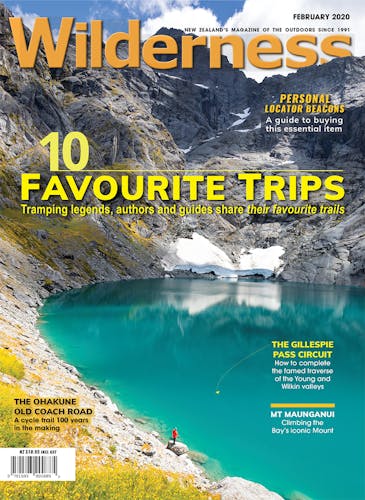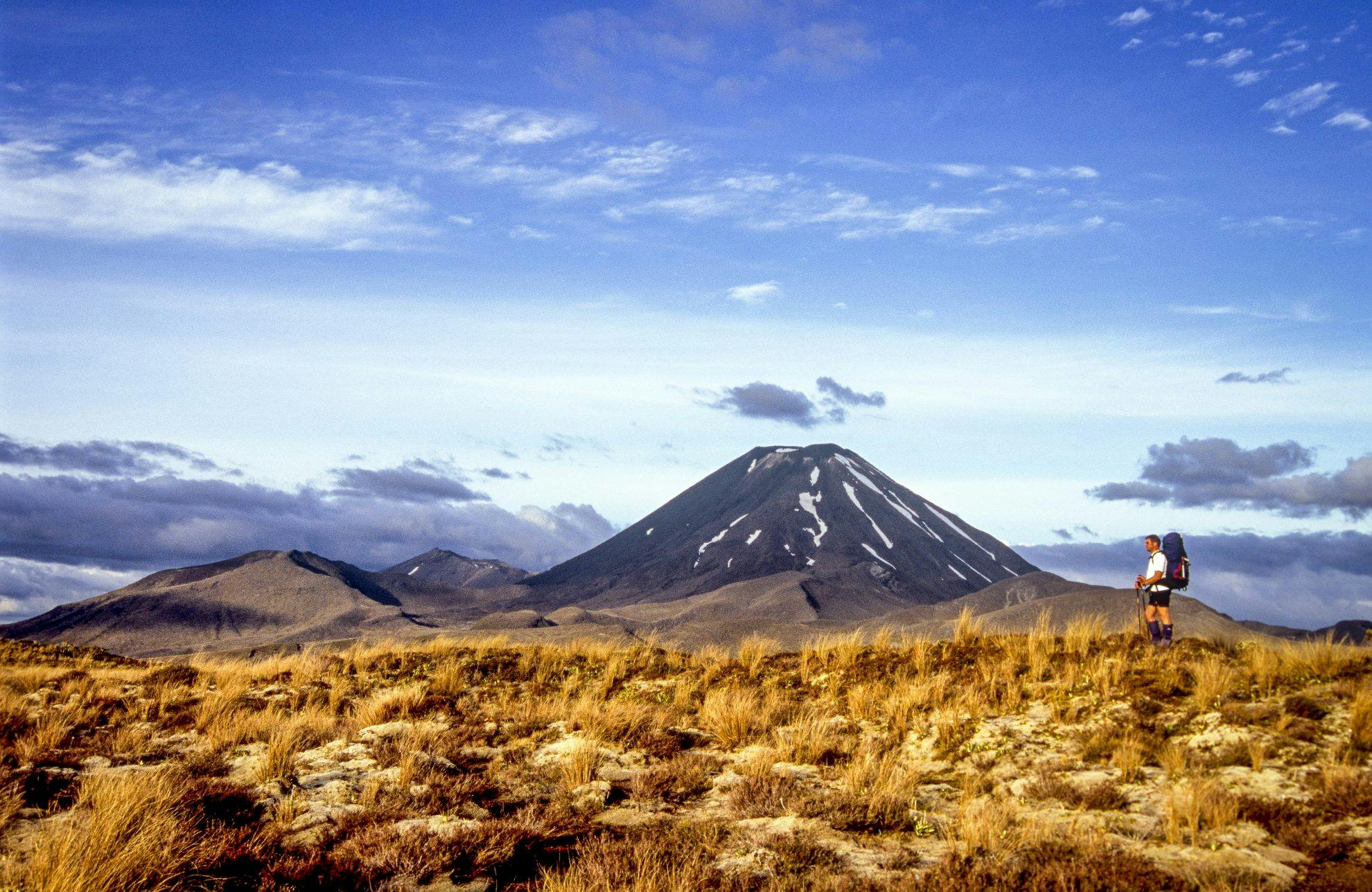One of our most popular stories last month was ‘The courage in turning back’, in which trampers detailed experiences where they had decided it was simply too dangerous to continue on. In the story, we said: ‘Giving up is one of the hardest decisions a tramper can make, but knowing when to turn back is what makes a good tramper’.
Over the summer, I’ve been thinking about that story especially in light of my own decision-making in the hills. One trip in particular sticks in my mind and I can’t decide if I had passed or failed the ‘knowing when to turn back’ test.
Last winter, I accidentally walked the Tongariro Northern Circuit Great Walk when I had intended to only walk a section of the, much shorter, Tongariro Alpine Crossing.
My plan was to walk over Red Crater, descend to the Emerald Lakes and take the turn-off to Oturere Hut. I would then retrace my steps the next morning back to the Mangatepopo car park.
The forecast was not brilliant. It ran the gamut of snow, sleet, rain, strong winds and a windchill of -9℃. My buddy pulled the pin two days before departure, but I decided to go anyway and reasoned I could always spend the night in Mangatepopo Hut if conditions didn’t allow me to head over the 1868m Red Crater.
Climbing to Red Crater, I began thinking about how nice the Mangatepopo Hut option was looking. Heavy rime ice extended from the pole markers and hard-as-rock blue ice beneath my feet provided my crampons with precarious grip. And then – wham! – I was hit by the full force of the wind at the saddle between Red Crater and Mt Tongariro.
Moving forward was difficult at times. My hands, encased in fleece-lined waterproof gloves, were numb with cold. It seemed like my brain was, too. People die here, I kept reminding myself and my decision-making fluctuated between turning back and continuing. Twice, I started a retreat only to chide myself for being a quitter and so turned around again. As I dropped from Red Crater to Emerald Lakes, the wind lessened and my fear subsided. But now I was in a conundrum: the thought of heading back over Red Crater and down the steep and icy South Crater filled me with terror, but how else was I to get back to Mangatepopo?
I pulled out my map. Saw Oturere Hut. Looked further and saw Waihohonu Hut. Having forsaken my original Plan B, I quickly concocted a Plan C. I would carry on to Waihohonu and walk out from there to Mangatepopo Road end, thus inadvertently walking the Northern Circuit in two days instead of three.
So, I clearly knew when I should have turned back. But I resisted the urge.
However, I also declined to put myself out of my comfort zone again by returning the way I had come. Had I failed at the first decision point, but passed at the second? Or was it a complete balls up from go to whoa?
Ultimately, the experience, though frightening, has helped me understand my limits and what I am comfortable with, and reminded me that I am more capable than I sometimes think. It also illustrated how making a decision on your own is more likely to result in indecision, rather than a definitive plan.
But in any case, I hope to never climb Red Crater in conditions like that again.








